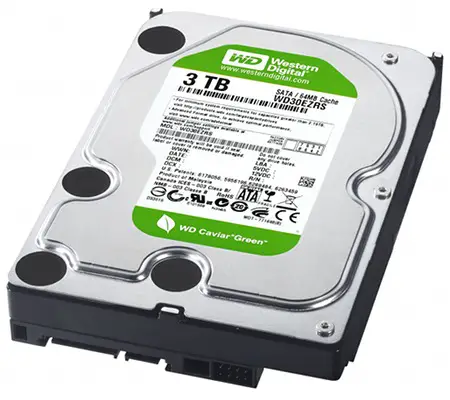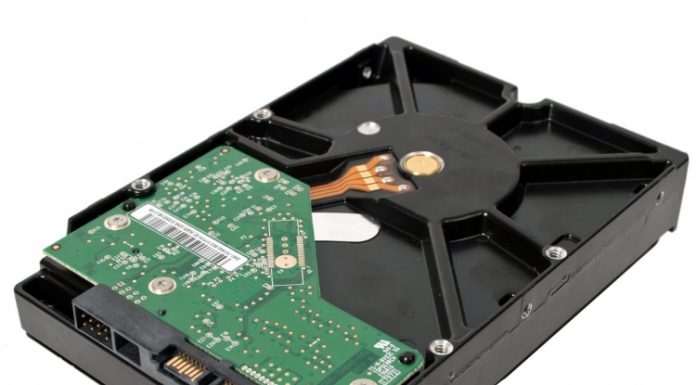Problems with jumbo size hard drives
Hard drive started becoming important since the late 1980s. Computer owners started counting on the capacity of the hard drives. Now hard drives do not just store the operating system, programs, and the documents, but also our memories in form of videos, audio, and pictures.

The increasing demand of more hard drive space has forced the engineers to develop a huge-capacity disk which can satisfy a user’s need.
Hard drives are becoming bigger and bigger in capacity and have reached till TB’s (tera bytes) of capacity. When it comes to TB’s of storage, there comes a certain problems but it’s not an issue, we have a solution to it.
When hard drives started getting bigger in capacity, industries decided a standard block size of 4,096 bytes, or 4 KB. These sized blocks are efficient for error checking resulting in very few errors. The big change came when Microsoft launched its windows XP, which doesn’t support 4KB blocks. Luckily! There was a solution around. The solution was using the block size of 512 byte blocks and the operating systems which were stuck to 4 KB blocks can see each 4KB block as eight 512 byte blocks. Windows XP just had to align its blocks and sectors properly. Weston Digital also designed software to overcome the problem.
If block size is 512 bytes, then the MBR can store till 2,199,023,255,552 bytes or 2.19 TB. But what if it’s larger than that?
More problems, more solutions.
The solution was the GUID Partition Table (GPT) offering 64-bit block addresses to 9.7 zettabytes, which can be called as, 9.4 trillion gigabytes. But windows XP can’t support a drive over 2.19 TB even if we upgrade the system to the latest operating system (i.e. the windows 7 which recognizes GPT), we can’t boot that hard drive until we have a Unified Extensible Firmware Interface (UEFI) enabled motherboard. Till late 2010, very few motherboards support this feature. So if you don’t have a motherboard which supports that feature, you have to use the large capacity drive just for back-up purposes.
The system’s SATA controller must also support the 4KB block structure, but that’s not a big deal.
Till now most of the home users don’t have to worry about the problem as 2.19 TB is an enough storage space for them. At the current time, less expensive, fast and reliable storing solutions, is a better option.
For those who wish more than that, Asus has introduced ,an application named Disk Unlocked, which uses the space above 2.19 TB as virtual driver, but it has a bit of a restriction, it can only be used with an Asus motherboard. This is not the perfect solution but a solution to the problem.
This problem also shows us how far we have to discover new things. The launching of 64-bit operating systems has counted a lot and the earlier version of Windows XP is fading away, along with the MBR. The best solution is to integrate all motherboards with UEFI and SATA controllers, which identify 4KB blocks. Right now very few users are equipped with what they are reading.
















